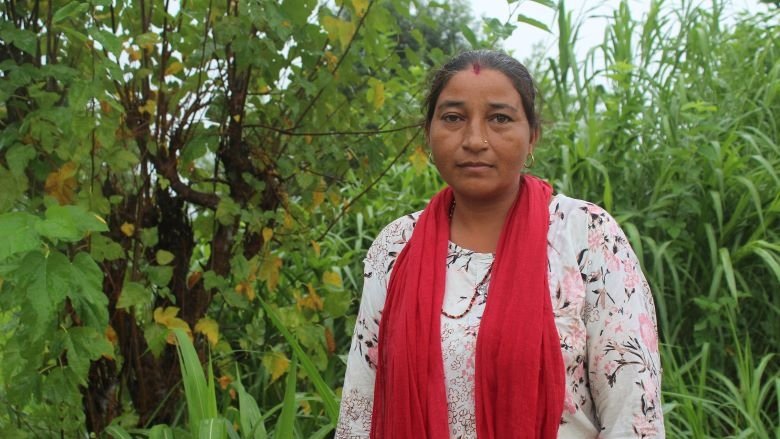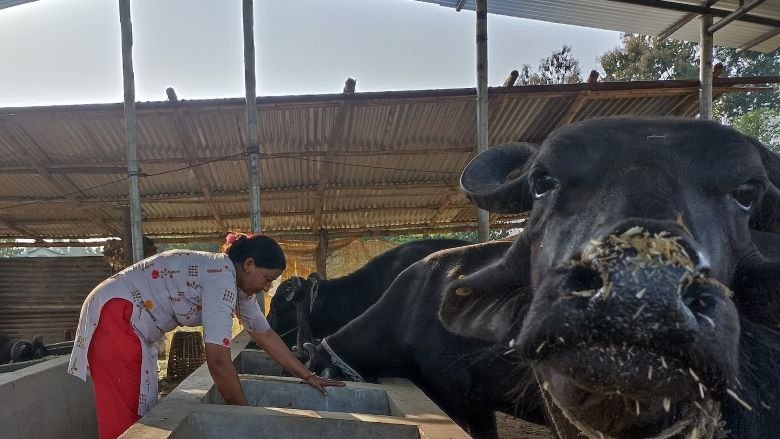Jamuna Devi Pandey, 36, from Bardiya in Nepal’s Lumbini Province was raised in a family of farmers and was married into one.
She remembers the tedious task of tending to the cattle and going to the forest to collect fodder from her early ages. It got more tedious over time, because fodder was not readily available as before due to the depleting forest cover and rapid urbanization.
But things have changed now.
Jamuna has started cultivating highly nutritious grass such as Berseem and Napier forages near her house. This means that Jamuna does not have to go far into forests to find fodder any longer.
She received the species of perennially productive grass through the World Bank-financed Nepal Livestock Sector Innovation Project (NLSIP) which supports smallholder farmers and agro-processing enterprises to enhance productivity, resilience, and value addition in the selected livestock value chains in Nepal.
The project promotes climate-smart livestock technologies and practices that provide better nutrition to livestock, help increase milk and meat production at lower cost, and reduce Green House Gas (GHG) emissions.
Through Digopan Samajik Mahila Uddhymi Cooperative, a women farmers’ group partly financed by the NLSIP, Jamuna and the farmers in her neighborhood received 38 cross-bred cows and 30 cross-bred buffaloes in addition to training on climate smart agriculture and livestock practices which has contributed to increased milk production.
Jamuna received four cross-bred Murrah buffaloes and two cross-bred cows under the project, from which she sells 30 liters of milk a day, keeping aside six liters for the calves and two liters for her family. Until about two years ago, Jamuna could sell only 12 liters of milk a day from her two buffalos then.
Because of the high-yielding green forage Jamuna grows now, only two tractor loads of hay suffice for a whole year— which has significantly reduced her livestock rearing cost, as well as the greenhouse gas emissions from the cattle.


